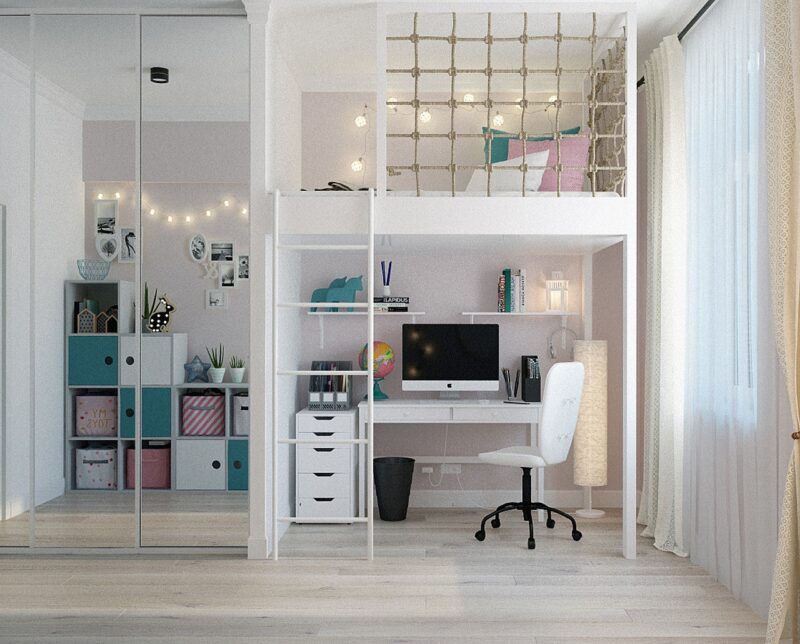
Minimalism is more than just reducing your belongings; it’s a lifestyle that promotes living with purpose, clarity, and intention. By embracing minimalism, you can focus on what truly matters, creating space for more meaningful experiences. In this guide, we’ll discuss practical ways to adopt minimalism in various aspects of life, from decluttering your home to adopting a mindful mindset.
1. Understanding Minimalism: What It Is and Isn’t
Minimalism often brings images of bare walls and few possessions, but it’s much more than that. At its core, minimalism is about eliminating excess in all forms, allowing you to focus on the essentials. It isn’t about deprivation but about freeing yourself from materialism and finding contentment in simplicity.
By understanding minimalism as a lifestyle choice rather than a strict rule, you can find joy in fewer possessions and a lighter mental load.
2. Decluttering Your Space
One of the most tangible steps toward minimalism is decluttering your physical environment. Start with one room at a time, asking yourself if each item serves a purpose or brings joy. Donate, sell, or recycle items that no longer serve you, and organize the remaining belongings to enhance function and simplicity.
Decluttering is not a one-time task; it’s a continuous process. Regularly assess your space to ensure it aligns with your minimalist goals.
3. Adopting a Minimalist Wardrobe
A minimalist wardrobe consists of versatile, quality pieces that you love and wear often. The concept of a capsule wardrobe—a collection of timeless clothing that can be mixed and matched—helps simplify your daily decisions and reduces clutter.
Choose neutral colors and classic designs, focusing on comfort and practicality. A minimalist wardrobe not only saves you time and money but also encourages a mindful approach to shopping.
4. Practicing Mindful Consumption
Minimalism encourages mindful consumption by making intentional purchases. Before buying anything, ask yourself if it adds value to your life or if it’s simply a temporary want. This approach reduces impulse purchases and promotes sustainability.
Mindful consumption also extends to digital spaces. Unsubscribe from unnecessary emails, unfollow social media accounts that don’t align with your values, and limit screen time to reduce mental clutter.
5. Prioritizing Experiences Over Possessions
A key principle of minimalism is valuing experiences over material goods. Instead of spending on items that will eventually lose their appeal, invest in experiences that create memories and personal growth. This shift in focus enhances life satisfaction and fosters lasting happiness.
Minimalists often find that spending on experiences, such as travel, learning, and quality time with loved ones, is far more fulfilling than accumulating things.
6. Creating a Minimalist Schedule
Minimalism isn’t limited to physical possessions; it extends to how you spend your time. Decluttering your schedule by reducing unnecessary commitments allows you to focus on activities that align with your values. Prioritize tasks that bring joy, purpose, and productivity, and learn to say no to obligations that don’t serve your long-term goals.
A minimalist schedule frees up time for relaxation, self-care, and meaningful connections.
7. Building a Minimalist Mindset
Adopting a minimalist mindset involves letting go of the need for excess and embracing contentment with less. It’s about recognizing that happiness isn’t tied to possessions but to experiences, relationships, and personal growth.
Cultivating gratitude for what you have, focusing on the present, and setting intentional goals all contribute to a fulfilling minimalist lifestyle.
8. Embracing Minimalism in Relationships
Minimalism in relationships means nurturing connections that are positive and meaningful. Let go of toxic relationships that drain your energy, and focus on building bonds that add value to your life. Simplifying your social circle allows you to invest time and energy in relationships that truly matter.
Minimalism in relationships promotes emotional well-being and enriches your social life.
Conclusion
Embracing minimalism is a journey toward a more intentional life. By focusing on what truly matters and removing excess, you create a lifestyle centered around purpose and clarity. Minimalism can positively impact every aspect of life, from your physical environment to your mental state and relationships.
Remember, minimalism isn’t about strict rules but about making conscious choices that align with your values. Start small, be patient, and watch as each step toward minimalism brings you closer to a life of intention and fulfillment.







